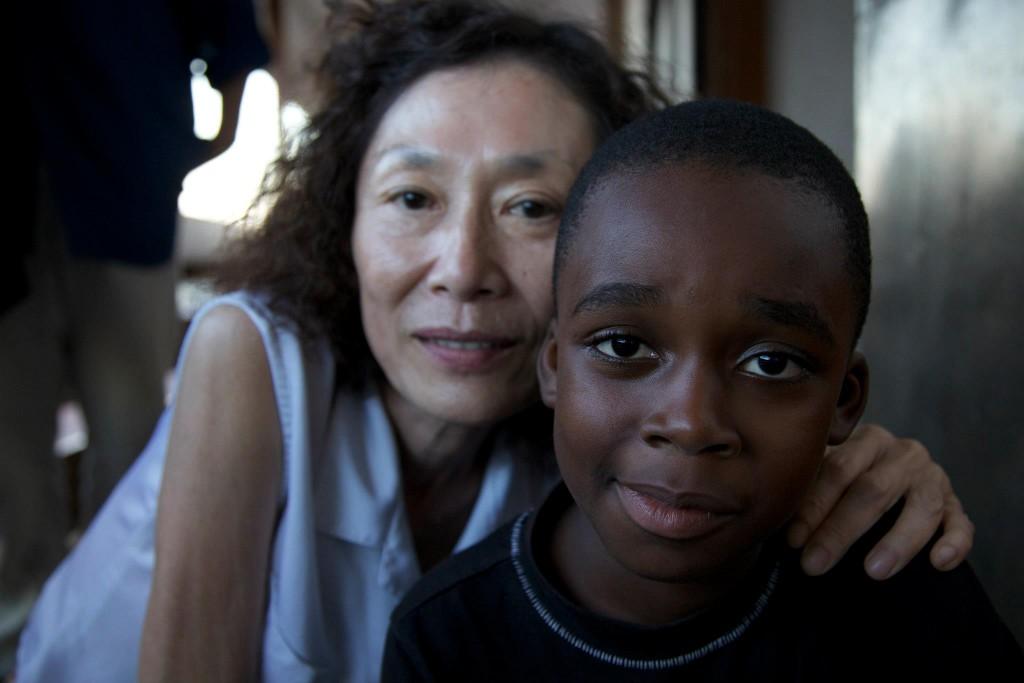NEW YORK—The effects of Superstorm Sandy, of last October, are still reverberating throughout the city, but not in the most obvious ways. Sandy inundated and eroded the soil with saltwater, essentially killing trees.
The Parks Department has been trying to prevent any more falling tree limbs from injuring passers-by.
One of the most prominent incidents happened earlier this month when a pregnant, 30-year-old woman was struck by a damaged tree limb while sitting on a bench at Kissena Park, Flushing, and killed.
NYC Park Advocates, a nonprofit watchdog group, broke the story reporting that the tree that caused the woman’s death was rotten and diseased.
The city recently announced it will cut down 2,000 damaged trees this fall to prevent possible future incidents in the areas affected worst by Sandy, including Staten Island, Coney Island, Rockaway, Red Hook, and lower Manhattan.
“Obviously, that’s good news,” said the president of NYC Park Advocates, Geoffrey Croft.
He added, “But, the city vastly under finances the maintenance and inspection of trees,” suggesting that the city needs to hire more inspectors, climbers, and pruners.
“This administration is so interested in PR with its MillionTrees program, but they’re not interested in taking care of the existing trees or ensuring the public’s safety,” he said.
Another recent incident involved a Brooklyn man who was struck by a tree limb in Prospect Park. He wanted to sue the city for $20 million for “severe and permanent personal injuries,” saying it was the city’s negligence in maintaining the tree, according to Croft’s news blog A Walk in the Park.
The city lost 20,000 trees to Sandy. “We will gain a fuller picture of the tree and plant mortality caused by Hurricane Sandy in the spring, when we can observe their behavior throughout the growing season,” wrote Parks Department spokesman, Philip Abramson.
Abramson said that 48,000 trees within the inundation zones have been surveyed and categorized according to their leaf coverage. The city will remove 2,000 trees by the fall and another 4,500 are under close monitoring because of their sparse leaf coverage, indicating damage.
The city is also monitoring the soil around the trees for high salt levels, and is filling the soil with nutrients to help trees return to full health. The city encourages residents in the zones flooded by Sandy to water their street trees to help flush out excess salt.
So far, falling tree branches have struck 13 people over eight weeks this summer.
“I’m surprised more incidents don’t happen,” said Croft, as people are using the parks more at this time. He said it’s almost guaranteed that more incidents will happen in the future.





